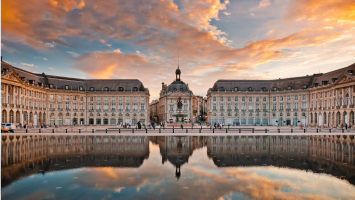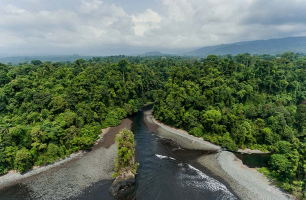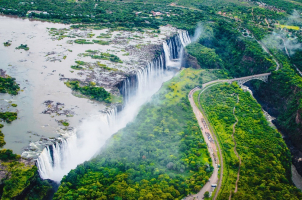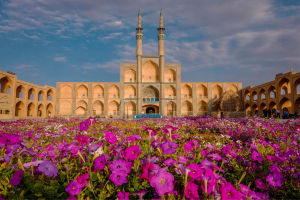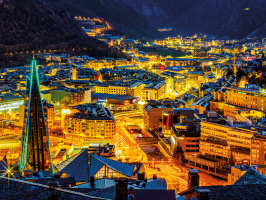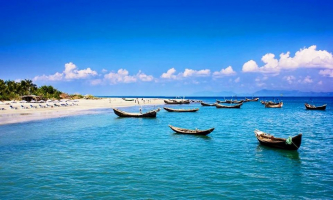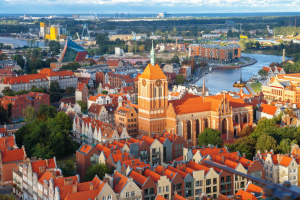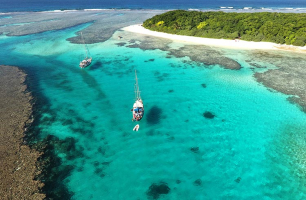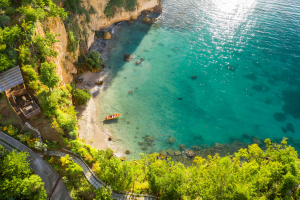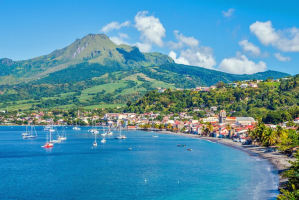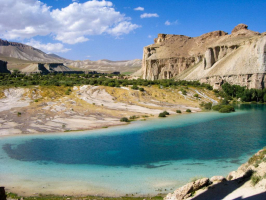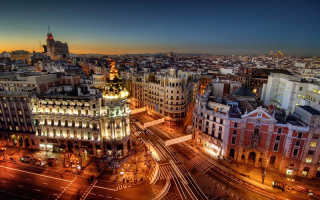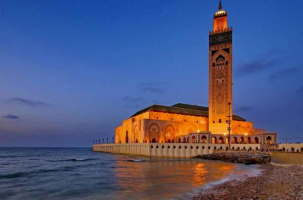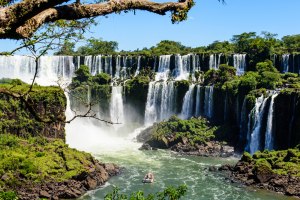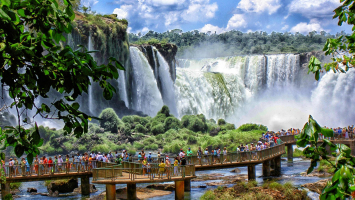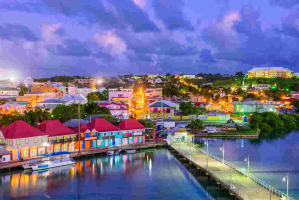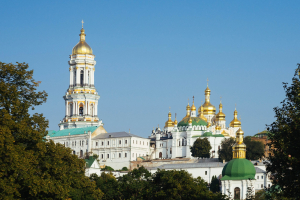Top 10 Popular Tourist Destinations that No Longer Exist
Today the popularity of tourist attractions depends a lot on social networks. 50% of travelers reported that information and advertisements on the internet ... read more...influenced their travel plans. But this growing popularity isn’t good for the attractions at all. And it’s not just because of garbage or graffiti on walls that are left by tourists. People can cause damage in different ways from simply breathing to intentional destruction. Here is a list of the top 10 popular tourist destinations that no longer exist that you should not miss.
-
The Sutro Baths, the world's largest indoor swimming complex, opened to the public on March 14, 1896. Adolph Sutro, a wealthy and former mayor of San Francisco, built the edifice, which featured fine art and natural history exhibitions as well as seven seawater pools that could accommodate up to 10,000 swimmers at once. Sutro envisioned the baths as a weekend resort for the typical San Franciscan, keeping fees cheap and even constructing an inexpensive railroad to convey guests to Lands End. Even so, those modifications were insufficient to make the Baths financially feasible.
Sutro's family rebuilt part of the Baths into an ice rink and other amenities after his death in the hopes of attracting more guests, but to no avail. The baths remained in the red as a result of the Great Depression, reduced public transit, and stricter health rules. Sutro's grandson sold the property out of the family for $250,000 in 1952, and despite constructing a waterfall and an arcade, the new owners were unable to earn a profit. The Sutro Baths were permanently closed in 1966 and quickly burned down in what was termed a suspicious fire. Although the Baths are no longer standing, the seashore ruins have become a major tourist attraction.
Google rating: 4.7/5.0
Address: 1004 Point Lobos Ave, San Francisco, CA 94121, US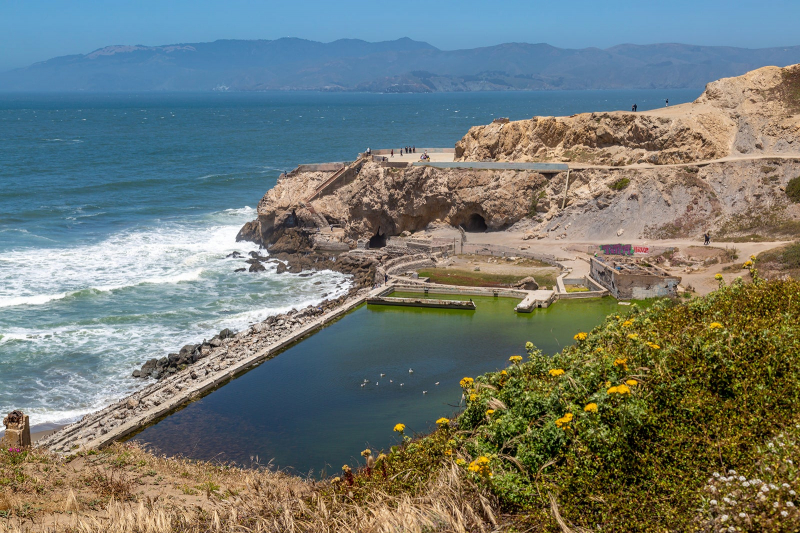
au.hotels.com au.hotels.com -
In the early part of the twentieth century, the original Pennsylvania Station was more than simply a bustling hub; it was also a spectacular Beaux-Arts monument to rival Grand Central. The above-ground component of the terminal was inspired by the Acropolis, the Brandenburg Gate, St. Peter's Basilica, the Roman Baths, and the Bank of England, and was designed by McKim, Mead, and White, the architectural firm renowned for Theodore Roosevelt-era restorations to the White House. The Pennsylvania Railroad was the greatest enterprise in the world at the turn of the century, and its New York station was built to serve 200,000 passengers per day for up to 100 years. However, the landmark did not stay long.
Penn Station welcomed 109 million people a year into New York City at its zenith in the mid 1940s, but shortly after, vehicle and air travel rose, railroad business plummeted, and the firm was left cash-strapped. In 1954, they sold the airspace above the platforms to a local real estate firm. Concerned citizens protested the stadium plans, but to no avail. The demolition began on October 28, 1963, and was described as a "act of vandalism against one of the grandest and finest landmarks of its age of Roman elegance" by the New York Times.
Address: New York, NY 10119, USA
Opened: 1910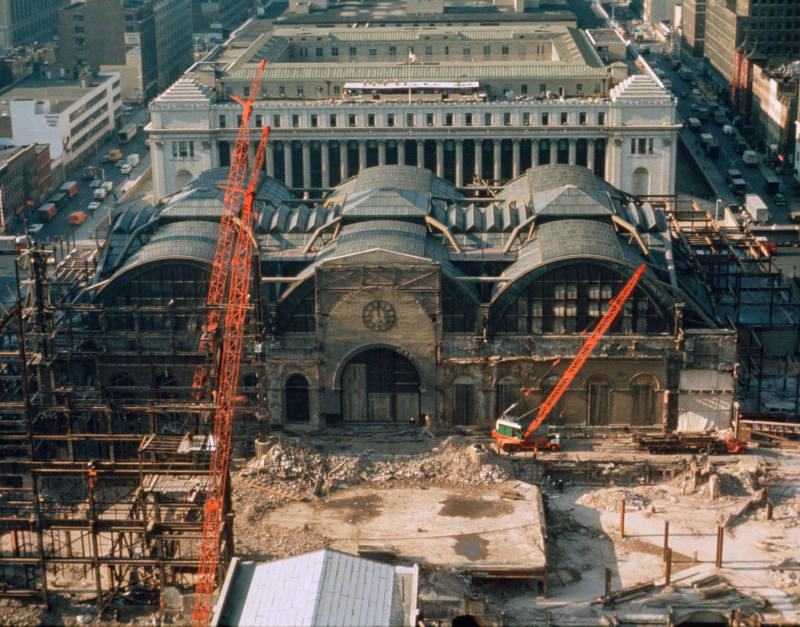
nytimes.com 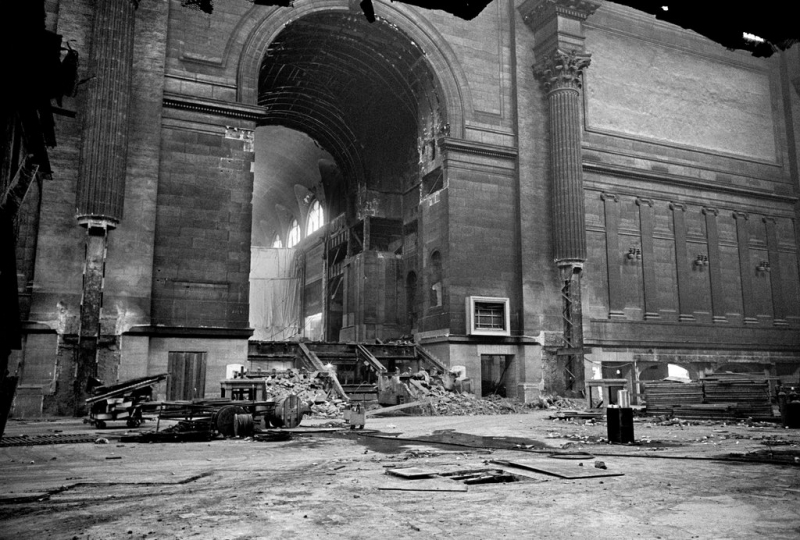
nytimes.com -
In 1976, the River Country water park was one of the first major attractions created at Walt Disney World in Florida. It was also one of the first fully-themed water parks, making it a draw for water park fans all around the world, not just in the United States. It held various rides that could only be found at the River Park for many years, as the concept of a themed park was only in its infancy at the time.
River Country, however, faced significant competition at the end of the century from other newer, flashier themed parks, including other Disney assets such as Typhoon Lagoon. While it was a brilliant idea when it first debuted, by 2001, the facility had already begun to lose money. River Country was closed by Disney in 2005 after being closed for nearly three years for refurbishment. The park is still often featured in periodicals and online outlets, primarily for its scary, 'abandoned theme park' ambiance.
Address: Walt Disney World Resort, West Wilderness Road Shores of bay lake, Orlando, FL 32836, USA
Opened: June 20, 1976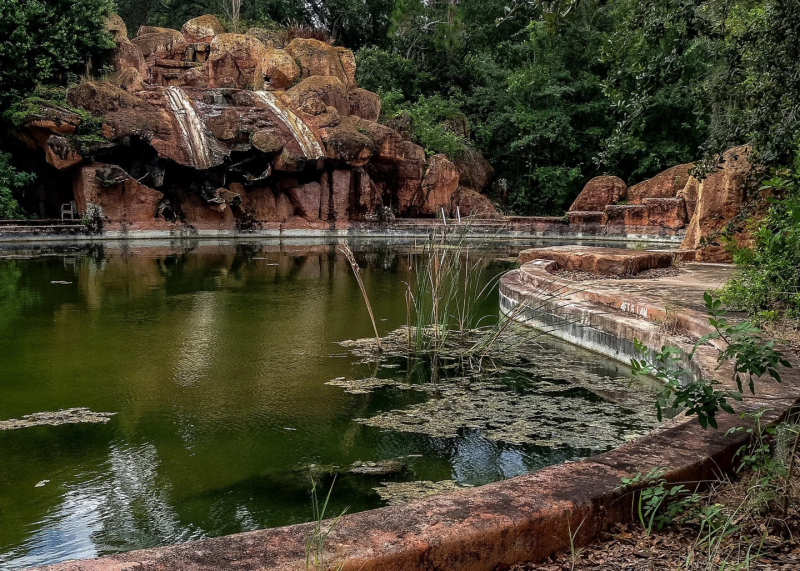
abandonedsoutheast.com -
A park map in 1986 promoted America's third most-visited amusement park as "A Special Place for God's People." Heritage USA, a huge property built in 1978 by Pentecostal televangelists Jim and Tammy Faye Bakker of the PTL Church, was a sprawling compound that mixed orthodox theology with earthly delights. It was a factor of 25 larger than Disneyland or the Magic Kingdom at 2300 acres, and it featured far more than just rides. Visitors—six million a year by the mid-1980s—were urged to remain for a while, or forever, thanks to campgrounds, motels, and even condominiums.
Things began to fall apart in 1987, when news came about Jim Bakker's sexual contact with a lady seven years prior, and his use of church funds to cover it up. Following that, a federal investigation found him guilty of twenty-four counts of mishandling of the PTL's financial affairs. Then, in 1989, a hurricane destroyed parts of its buildings, forcing Heritage USA to permanently close. Other televangelists have tried and failed to resurrect the compound since then.
Location: Fort Mill, South Carolina, U.S.
Opened: 1978 -
Hans Christian Andersen's 1839 fairy tale "The Garden of Paradise" has a youth named East Wind flying home from the East and telling his mother, "I came back from China, where I danced for a spell around a tower of porcelain and rang all the bells." The tower of porcelain bricks in the Danish author's fable was not a fabrication of his creative imagination.
The Porcelain Tower of Nanjing, considered one of the Seven Wonders of the Middle Ages, was built in the early 15th century by the third emperor of the Ming Dynasty and rose from a 97-foot octagonal base to a height of 260 feet. This gleaming nine-story pagoda rose over Nanjing's south bank of the Yangtze River for more than four centuries before being destroyed during the Taiping Rebellion in the 1850s. Its ruins went virtually neglected until 2010, when a billionaire made a $156 million donation (the largest single donation in Chinese history) to reconstruct the medieval icon.
Address: 2Q5M+Q84, Saozhou Ln, Qinhuai District, Nanjing, Jiangsu, China, 210006
Opened: 1431
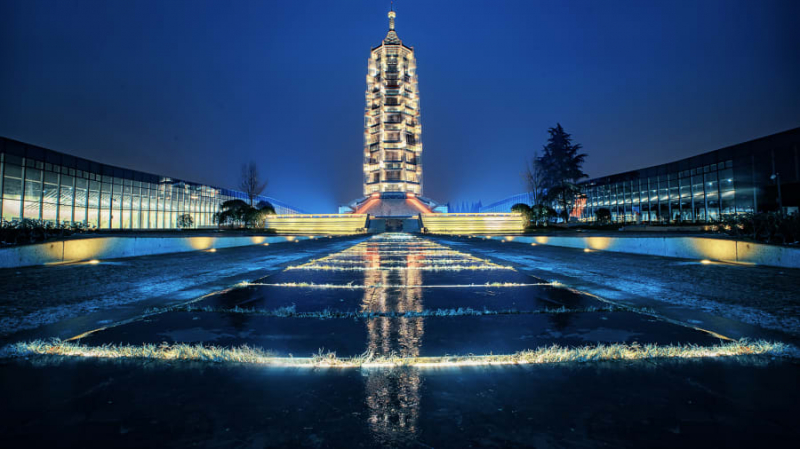
edition.cnn.com 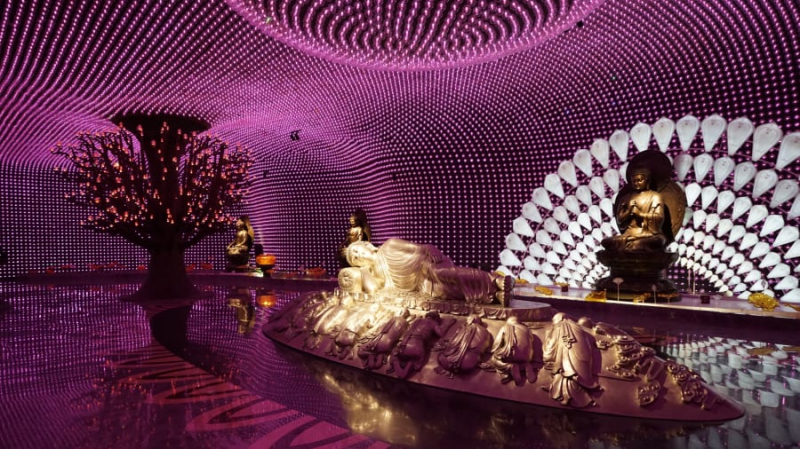
edition.cnn.com -
The ‘Love Locks’ Bridge is one of the popular tourist destinations that no longer exist. The Pont des Arts in Paris wasn't a particularly noteworthy footbridge, but it had become one of the city's most popular tourist destinations over the years. Beginning in 2008, visitors from all over the world began attaching padlocks with messages to their loved ones to the bridge. It was once so popular that the Pont Des Arts was clogged with almost 700,000 locks.
As you may assume, the bridge suffered as a result. By 2014, the bridge was receiving about 7,500 kg of locks per day, causing one of its barriers to bend and begin to come off. Furthermore, the location had become a popular tourist destination, disrupting the generally tranquil and serene setting. After years of complaints from the locals and the deteriorating condition of the bridge, the city council decided to cut the locks down in 2015.
Location: Crosses the River Seine, Paris
Opened: 1981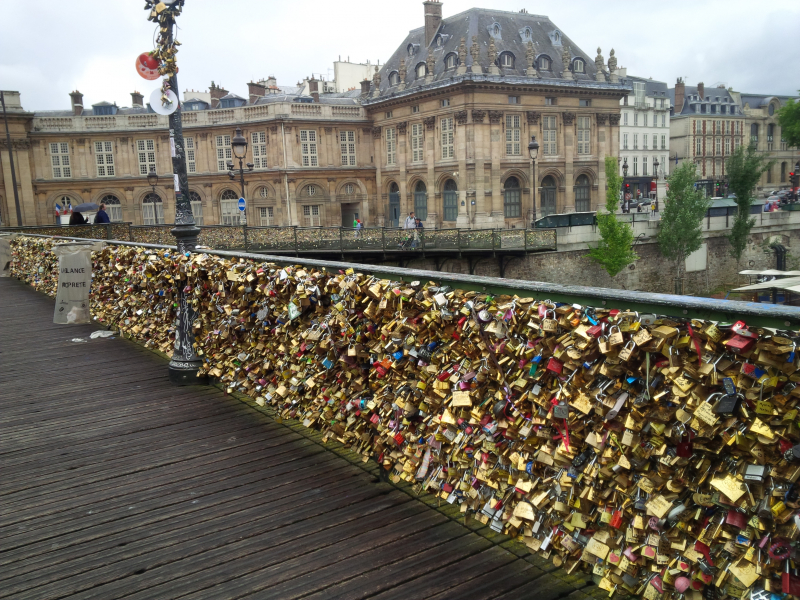
usatoday.com 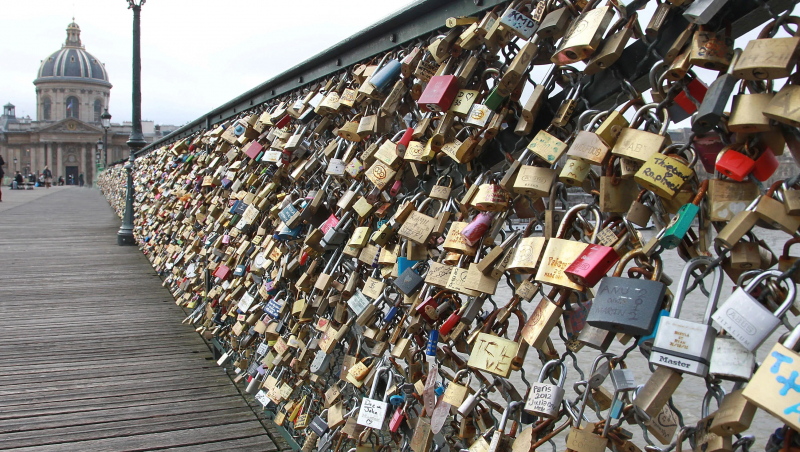
usatoday.com -
Bolivians have enjoyed this resort in the heart of the Andes for over a century, and it is only a half-hour drive from La Paz, one of Bolivia's capital cities. It was a ski facility with only one mechanical lift built over a glacier known as Chacaltaya. In addition, there was a café and a tourist chalet. The mountain was popular with visitors all year. It was a popular pastime for the middle and upper classes, who spent their days there until the cold or pain in their ears forced them to return home.
Today, however, all that can be found in Chacaltaya are hazy memories and an abandoned building. Scientists began investigating the glacier in the 1990s. They anticipated in 2005 that it would be gone by 2015. But they were wrong: the last chunk of ice vanished in 2009, causing the glacier to melt permanently. Scientists assure us that the speed of its melting is a clear indicator of the climate change that the planet is suffering. Last week, the president of the United States announced his decision to pull his country out of the Paris Accord.
Opened: in the late 1930s
Location: Bolivia
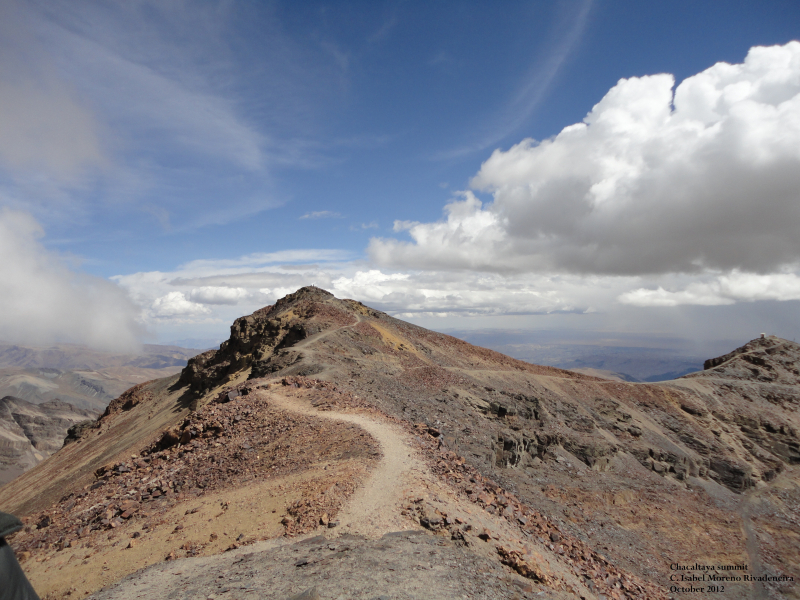
en.wikipedia.org -
Giant sequoia trees are easily the largest living things on the planet in terms of volume. They're also one of the tallest, with senior individuals of the species reaching heights of over 270 feet. The species, also known as redwoods, is only found on the slopes of California's Sierra Nevada mountain range, making it an excellent getaway spot for hikers and nature enthusiasts from all over the country.
The 2,100-year-old Wawona Tree was perhaps the most famous huge sequoia, thanks to a massive tunnel constructed beneath it to lure tourists in 1881. While it looked fantastic and is still featured in many renowned travel images from the time, trees don't do well with a gaping hole in their trunk. This, combined with other causes like as heavy snow and thin soil, weakened it over time until it ultimately fell in the winter of 1968-69. It was one of the oldest living organisms ever recorded, dating back over 2,100 years.
Opend: 1881
Location: the slopes of California's Sierra Nevada mountain
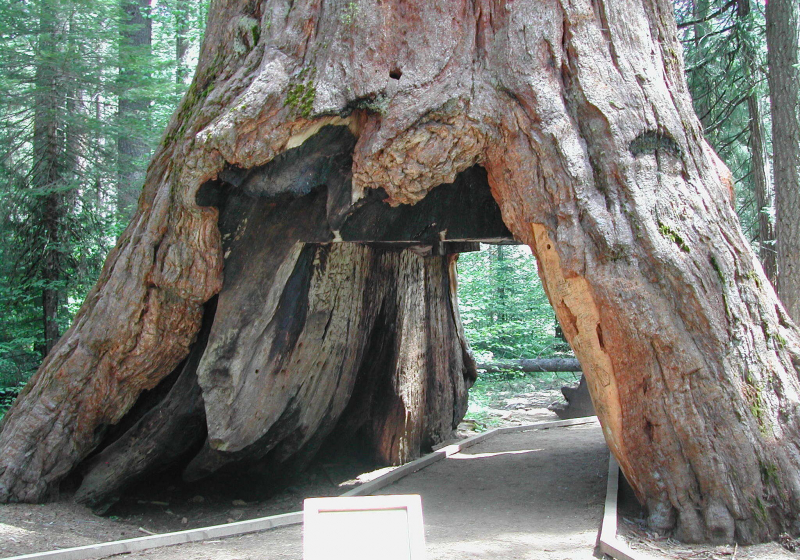
npr.org -
From 1905 to 1939, the New York Hippodrome stood atop what is now known as The Hippodrome Center in Midtown Manhattan. While it was relatively short-lived in comparison to some of the other sites on this list, the Hippodrome was certainly one of the most popular theaters in the world for the majority of the time it was open.
The New York Hippodrome was famous for its architecture and cutting-edge equipment, such as an 8,000-gallon water tank beneath the stage that could be lifted for diving performances and other water-related events. It was a New York landmark, peaking amid the roaring '20s Broadway rebirth. The New York Hippodrome was well-known for its circus performances, movie screenings, music concerts, and a variety of other attractions. Its most famous performance, however, has to be Harry Houdini's Disappearing Elephant in 1918.
While it had a successful run, the Hippodrome eventually faced severe competition from newer theaters, as well as increased operating costs and the 1930s economic downturn. The New York Hippodrome was closed and dismantled in 1939, but it remains one of the most prominent cultural centers in American history.
Address: 1120-1138 6th Ave, New York, NY 10036, USA
Opened: April 12, 1905
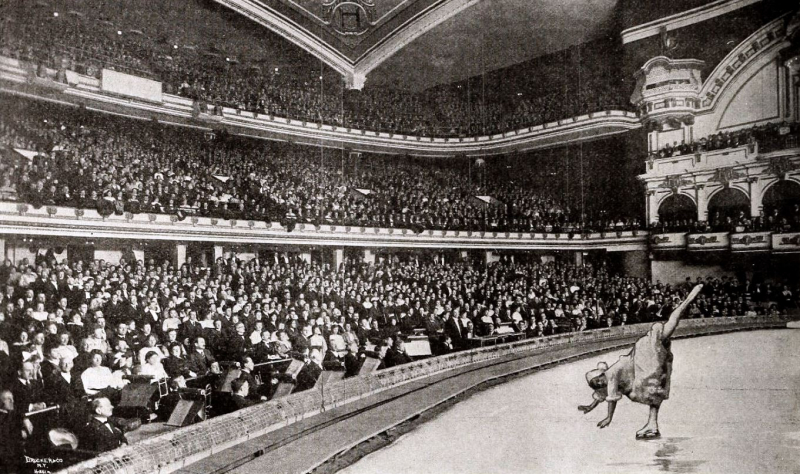
commons.wikimedia.org -
Due to their great natural value, the Galapagos Islands off the coast of Ecuador have been designated as a UNESCO World Heritage Site. The islands, which are home to several species found nowhere else on the planet, such as the marine iguana, often attract travelers from all over the world. The most well-known natural attraction on the islands, however, no longer exists. The Darwin's Arch was a natural arch-like rock feature named after Darwin's famous visit to the islands in 1835, which later inspired his theory of evolution.
Darwin's Arch was a natural rock arch feature in the Galápagos Archipelago in the Pacific Ocean, and it is now a pillar formation. The arch sat on an irregularly formed, rocky, submerged plateau, nicknamed "the theatre". It was a popular diving location and can still be found on postcards and other travel mementos from the area. The upper half of the arch collapsed in May 2017, according to images released by Ecuador's Environment Ministry, most likely due to natural weathering.
Location: Southeast of Darwin Island, Galápagos Islands, Ecuador
Collapsed: into the sea on 17 May 2021
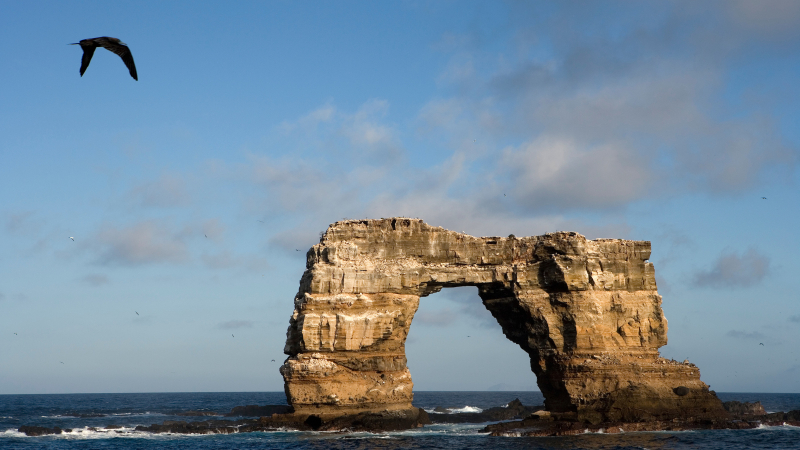
livescience.com 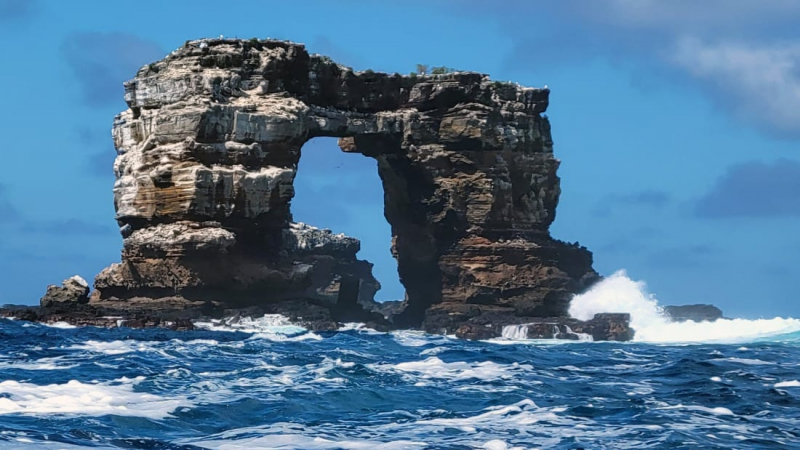
edition.cnn.com












